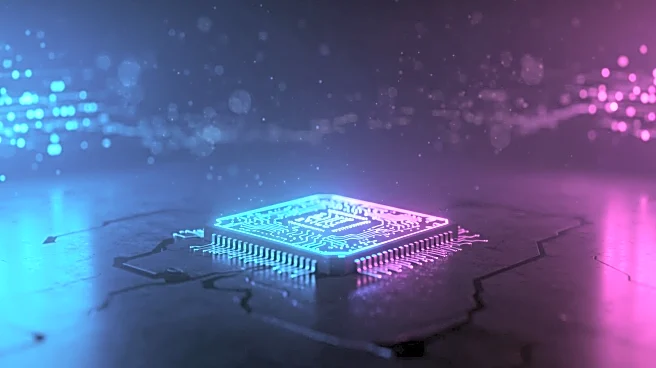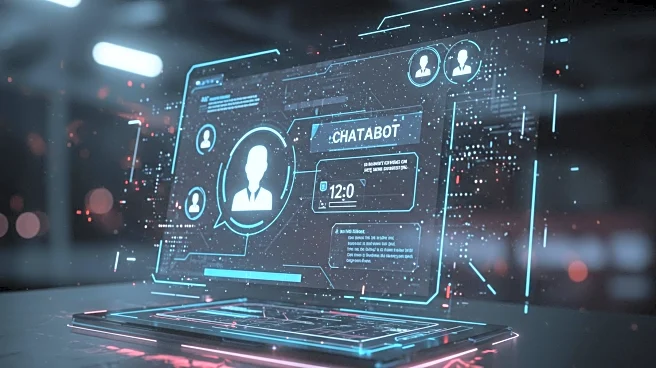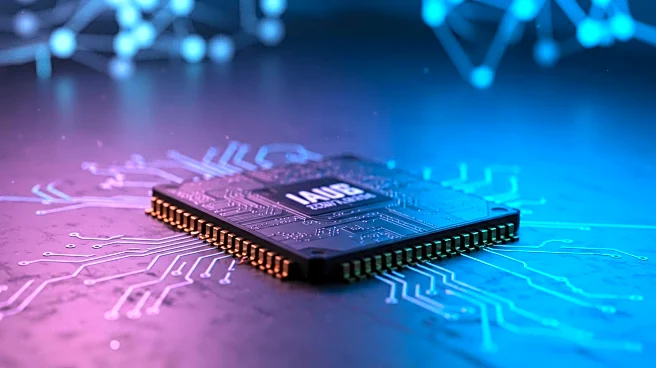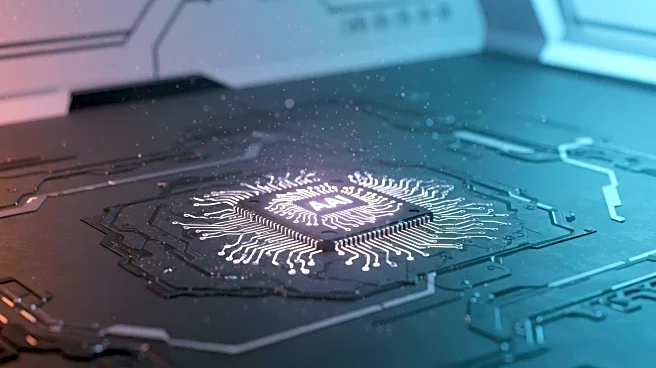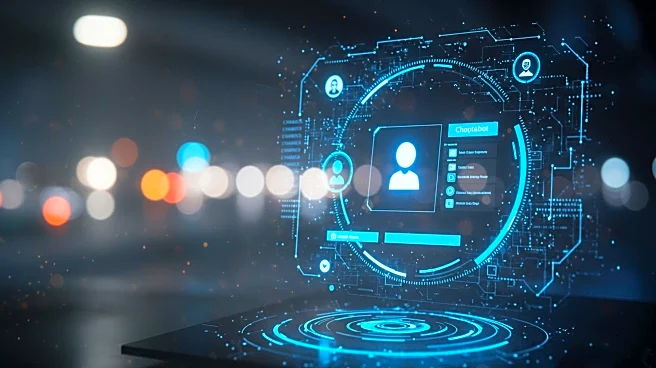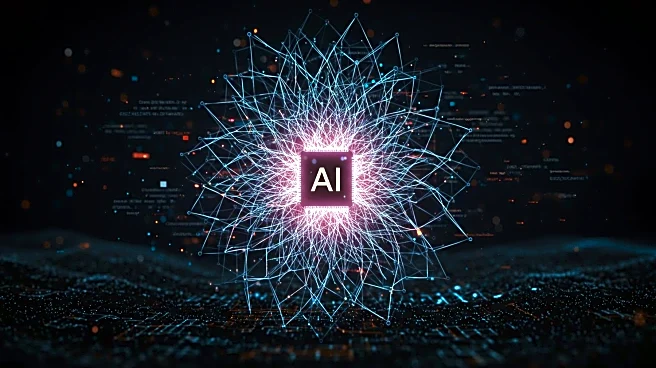What's Happening?
In a recent experiment, software engineer Matt Sayar tested Anthropic's Claude AI model's 'Security Review' feature, which allows users to upload code for analysis. The AI was tasked with reviewing code it had partially authored for Sayar's newsletter service. While Claude AI identified potential SQL injection risks and inadequate input validation, it also missed other vulnerabilities, raising questions about the effectiveness of AI self-regulation. This experiment underscores the irony of AI systems identifying flaws in their own work, highlighting the limitations of relying solely on AI for both creation and correction.
Why It's Important?
The findings from Sayar's experiment have significant implications for developers and enterprises. While AI-driven security tools like Claude AI can enhance efficiency by rapidly scanning for vulnerabilities, they also pose risks due to their variability in detection accuracy. This could lead to overconfidence among developers, who might assume AI safeguards are foolproof, potentially leaving unaddressed vulnerabilities in production environments. The experiment suggests a need for hybrid approaches that combine AI reviews with human expertise to ensure comprehensive security oversight.
What's Next?
As AI tools like Claude continue to proliferate, tech leaders must balance automation with human insight to fortify digital foundations. Enterprises adopting AI security tools should weigh efficiency gains against potential risks and consider manual verification as a necessary step. The ongoing debates in AI ethics emphasize the importance of external validation to prevent biased outcomes and ensure that AI systems do not undermine security efforts.
Beyond the Headlines
The implications of AI self-regulation extend beyond software engineering to high-stakes fields such as asylum processing, where AI errors in translation have disrupted legal proceedings. This parallels the potential for miscues in code security, highlighting the need for safeguards to prevent biased outcomes. The experiment serves as a cautionary tale, stressing the importance of iterative, self-reflective processes and external validation in AI development.





